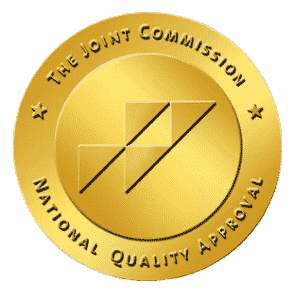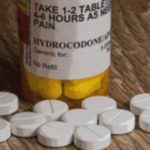A critical moment has been reached in the fight against substance abuse in America. According to the Center for Disease Control, an average of 130 Americans die every day as a result of opioid overdose. Over the past two decades, this has evolved into a public health crisis, pushing the government to take drastic action in the fight against drug addiction.
With each new administration comes a new approach to combating the addiction epidemic. The White House Office of National Drug Control Policy recently released its drug control strategy, a brainchild of the government’s new drug czar, Jim Carroll. Though there have been doubts about the Trump Administration’s appointment, White House press secretary Sarah Huckabee defended Carroll’s credentials and abilities while speaking to the press.
Detractors have raised concerns about the new drug czar’s lack of experience in the healthcare industry, as well as reports that White House counselor KellyAnne Conway took the lead in shaping the department’s opioid strategy. Despite these doubts, the office of drug policy is moving forward with the administration’s official response to the opioid epidemic.
The drug czar’s strategy primarily focuses on preventative methods. Experts generally agree that strong punitive measures are ineffective and even harmful, so Carroll’s plan takes a more compassionate approach, while also enhancing the fight against drug traffickers. Though the strategy sets many lofty goals and outlines strategies for reaching them, it hones in on three primary areas of interest.
Three Areas of Interest in the Opioid Epidemic
Due to the rising death toll, Carroll’s strategy is mostly concerned with reducing drug-related deaths in the United States. In order to do this, the strategy focuses on three key goals to accomplish:
Reduce the number of filled opioid prescriptions by one-third
The vast majority of opioid drugs are acquired legally through legitimate prescriptions. Reducing the number of filled prescriptions begins with the medical community. While it is always possible for someone to forge a prescription, more often than not, opioid users get their drugs from trained professionals. By reducing filled drug prescriptions, either through legislation or a grassroots campaign to find alternatives, the Office of National Drug Control Policy hopes to greatly reduce the number of new patients getting hooked on opioids.
Limit the number of illicit drugs available in the US
While the opioid crisis is at the forefront of Carroll’s strategy, it is also necessary to combat illicit and addictive drugs of all kinds in the United States. The Trump administration has frequently lambasted the state of the border, and decried the flow of illegal drugs coming into the US from other countries. The drug czar’s plan will focus on capturing these drugs, and cutting off future shipments at the source through more robust border security and increased funding for law enforcement.
Expanding and enhancing access to legitimate addiction treatment
Patients experiencing pain as a result of disease, surgery, or preexisting health issues can easily fill a prescription for opioids. This need to ease pain can quickly turn into a crippling addiction. Once a patient’s tolerance for the drug builds, they require more and more to reach the desired effect. If a patient is taking an opioid for chronic pain, or is trying to get “high,” it is very common to take one or two extra doses. However, even just one extra dose can be fatal. By informing the public and creating programs for drug users to learn about the effects of opioid use, the Trump administration hopes to greatly reduce the number of new users and help those currently addicted to opioids.
The Methods for Combating Substance Abuse in America
In addition to the three areas of interest above, Carroll’s strategy outlines specific actions that will be taken to reduce opioid addictions and deaths:
- Increase the number of permanent drug disposal sites across the United States
- Set priorities when combating drug traffickers by focusing on the largest organizations
- Evidence-based guidance for drug prescription dosage and frequency
- Media campaigns to promote opioid use prevention
- Creating work opportunities for those recovering from addiction
Though the new drug czar’s plan is encouraging, those addicted to opioids still require treatment. At Rise in Malibu, we strive to provide the latest medical and therapeutic methods to end opioid and other addictions for good. If you or a loved one are interested in more information, learn about our treatment options online or give us a call at 1-866-225-1084.







